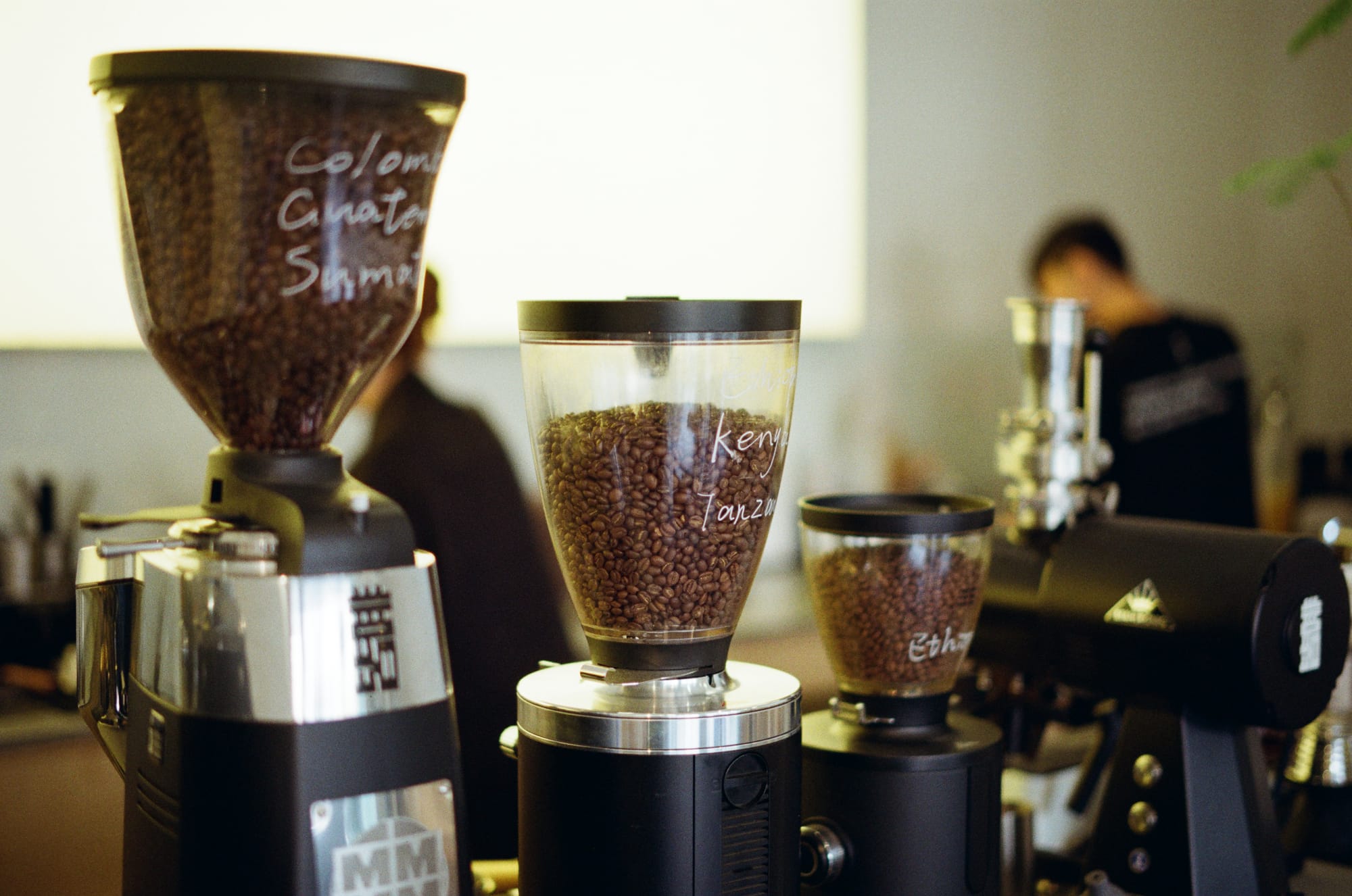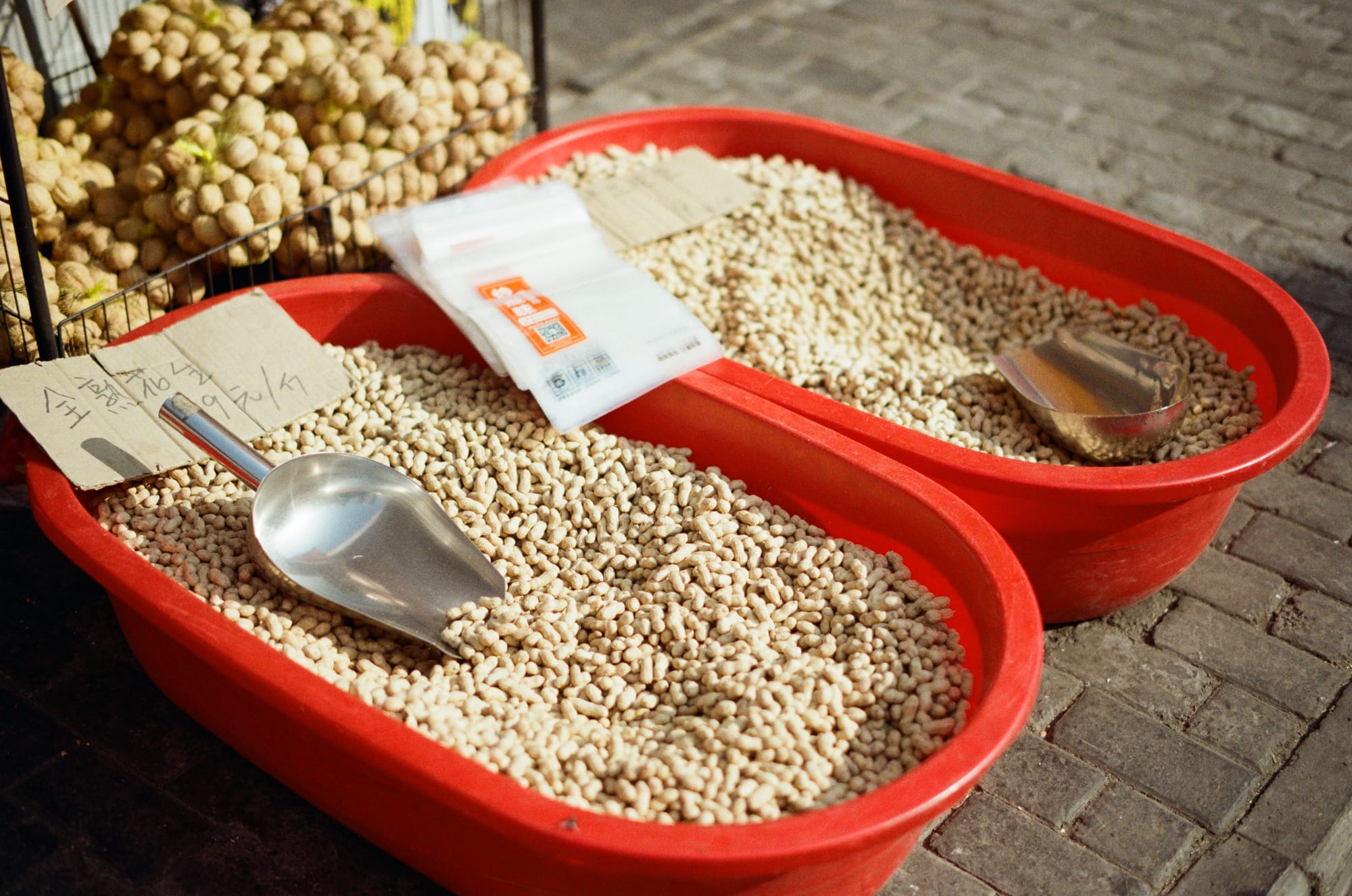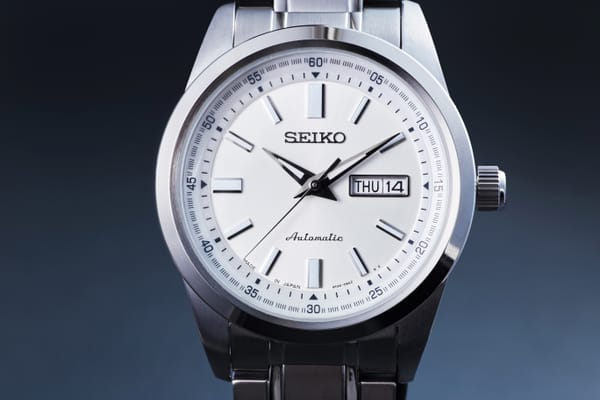A Review of Kodak Gold 200 Film
It offers something special that makes images appear tangible, organic, and honest. In an AI saturated age, this film is a counterpoint with an authentically imperfect human touch and I believe we need to be reminded of this more in our lives.

Decaf Journal is reader-supported. When you buy links through our site, we may earn an affiliate commission.
My personal resurgence of interest in analog film over the last year has led me to experiment with various film stocks and cameras that would've previously failed to grab my attention. Not because they aren't excellent in their own right, but because I have a tendency to stick to what I know and gravitate towards creative tools that never fail to deliver. But branching out into unknown territory has been remarkably refreshing, both for the pure novelty of the experience and for stimulating creativity in my own personal work.
A perfect example of a film stock that has flown under my radar is Kodak Gold 200. Several years ago, I'd seen impressive results from one of my stock photography peers and appreciated the distinct warm color palette that I'd seen in the images. Yet, unfortunately that's where my curiosity ended.



After recently testing out the underwhelming Harman Phoenix 200 film, I figured now would be a good time to try out a color negative film that's well known for its image quality. Curious to find out if using Kodak Gold 200 would a breath of fresh air that would inspire me to shoot film on a more regular basis, I picked up a couple of 36 exposure rolls in the 35mm format to document my daily life for the next few weeks.
For all of the images seen here, the film was rated at ISO 100 in order to overexpose the images by one stop, which translates to enhanced information in the shadows as color negative film in general handles bright highlights well without much loss of detail. These rolls were shot on a Canon EOS-1N camera body which was paired with a Zeiss Milvus 50mm 1.4 ZE lens. My local lab then scanned the film on a Noritsu HS-1800, which provides my preferred interpretation of how analog film should look with its subdued contrast and a level of saturation that isn't overly punchy.



The ISO 200 rating on Kodak Gold 200 makes it a great daylight option, but it's less suitable for low light situations or indoors unless shooting wide open at f1.4 or faster. I quickly found that the film does a fantastic job of enhancing warm colors such as yellow, orange, and red in sunlight. Similarly, I also love how it renders cool tones, as you might notice the delicate blue reflection on the table in the opening featured image of coffee cups above.
The image sharpness characteristics of Kodak Gold 200 are superb when correct focus is achieved. This is worth mentioning because grain appears to be more pronounced on Kodak Gold 200 than other offerings from Kodak's professional line of films such as Portra 160 or Ektar 100. This is not necessarily a bad thing, as analog texture is one of the main aesthetic differentiators from digital capture nowadays and offers a sense of imperfect realism. However, if ultimate fine grain image quality is desired, then there are better options available.




One of the most appealing reasons for shooting color negative film is that it can retain highlight detail better than digital even when overexposed, and luckily Kodak Gold 200 is no different. Perhaps it doesn't have as much room in the highlights as something like Kodak Portra 400 which can be overexposed up to 4 stops without taking a noticeable image quality hit, but it's still impressive nonetheless. You may find some loss of highlight detail in high contrast situations, but the roll off looks very organic and isn't distracting from the overall image.
Speaking of Portra, Kodak Portra 160 is my favorite professional film and Kodak Gold 200 shares many similarities to it. Portra 160 is magical when it comes to rendering perfect skin tones, food photography, and fashion. While it's still untouched by Kodak Gold 200, the latter truly isn't that much further behind. And while I would always choose Portra 160 as the holy grail of film photography, this is a wonderful alternative with an unmistakably warmer feel.




The benefits of shooting this film aren't just for creative reasons, but practical as well. Kodak Gold 200 offers a substantial cost savings over the Portra line of films that quickly adds up. In a time when it makes very little financial sense to shoot film on a consistent basis, I am thankful that Kodak has a quality, cheaper alternative that makes film photography a more sustainable endeavor.
Aside from the budget conscious photographer, who is this film suited for? It's applications are pretty much endless, but it's specifically well suited for those looking to shoot portraits, food photography, travel, still life, outdoor events, and capturing slice of life moments. Kodak Gold 200 is also a fantastic choice for newcomers thanks to its generous exposure latitude which can handle two stops of underexposure and up to three stops of overexposure, making this a very forgiving film.
That said, while this film excels in many scenarios, it perhaps isn't the best choice for landscapes. Depending on your taste, it might make more sense to choose a film with finer grain and slightly more saturated colors such as the wonderful Kodak Ektar 100.




Pros
- A richness and warmth to the images which works particularly well on skin tones
- Versatile for a wide variety of subject matter
- Ideal for beginners thanks to a forgiving exposure latitude
- Available in 35mm and 120 formats
- Substantially more affordable than Kodak's professional Portra line
Cons
- Not as much dynamic range as Kodak Portra 160 or 400 (but still impressive)
- Grain is more pronounced than lower ISO professional films
- Not suitable for very low light conditions or night shooting without a tripod




Verdict
Kodak Gold 200 may not carry Kodak's pro line designation of Portra films, but this is absolutely a professional grade film stock and a worthy alternative in its own right. With a near perfect color palette, warm tones, impressive sharpness, and generous exposure latitude, this film is a unique offering that stands alone in the marketplace.
It's appealing not only for its modest price point, but also its incredible versatility that excels in most situations and environments. Aside from slightly more noticeable grain and a mildly reduced dynamic range over more expensive color negative films, it's hard to find any real fault with Kodak Gold 200 at all when the results are this satisfying. This makes it an easy recommendation for novices and professionals alike.
Kodak Gold 200 easily earns its place as one of my top five favorite films of all time alongside Kodak Portra 160, Kodak T-Max 400, Kodak Tri-X 400, and Ilford HP5. It offers something special that makes images appear tangible, organic, and honest. In an AI saturated age, this film is a counterpoint with an authentically imperfect human touch and I believe we need to be reminded of this more in our lives.





